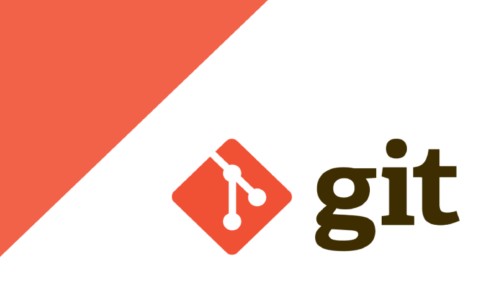Git is a version control system used by individuals and teams to collaborate on software development projects. It helps to store and track changes to code, and it enables users to access and view the history of a project. As such, it is essential for any software developer’s workflow.
Git has many powerful commands, and mastering them can help developers work more efficiently and effectively. Here are some of the most useful Git commands.
- git init – Creates a new local repository.
- git status – Checks the status of your repository and who has made changes.
- git log – Allows you to view a list of all the commits to the repository.
- git diff – Shows the difference between two different versions of the repository.
- git add – Adds new files or changes to the staging area.
- git commit – Commits the changes to the repository.
- git push – Pushes the changes to a remote repository.
- git pull – Fetches updates from a remote repository and merges them into your local repository.
- git branch – Lists, creates, or deletes branches in a repository.
- git checkout – Switches to a specified branch.
These are just some of the most commonly used Git commands. Though they may seem intimidating at first, mastering them will make you an invaluable asset to any software project.


